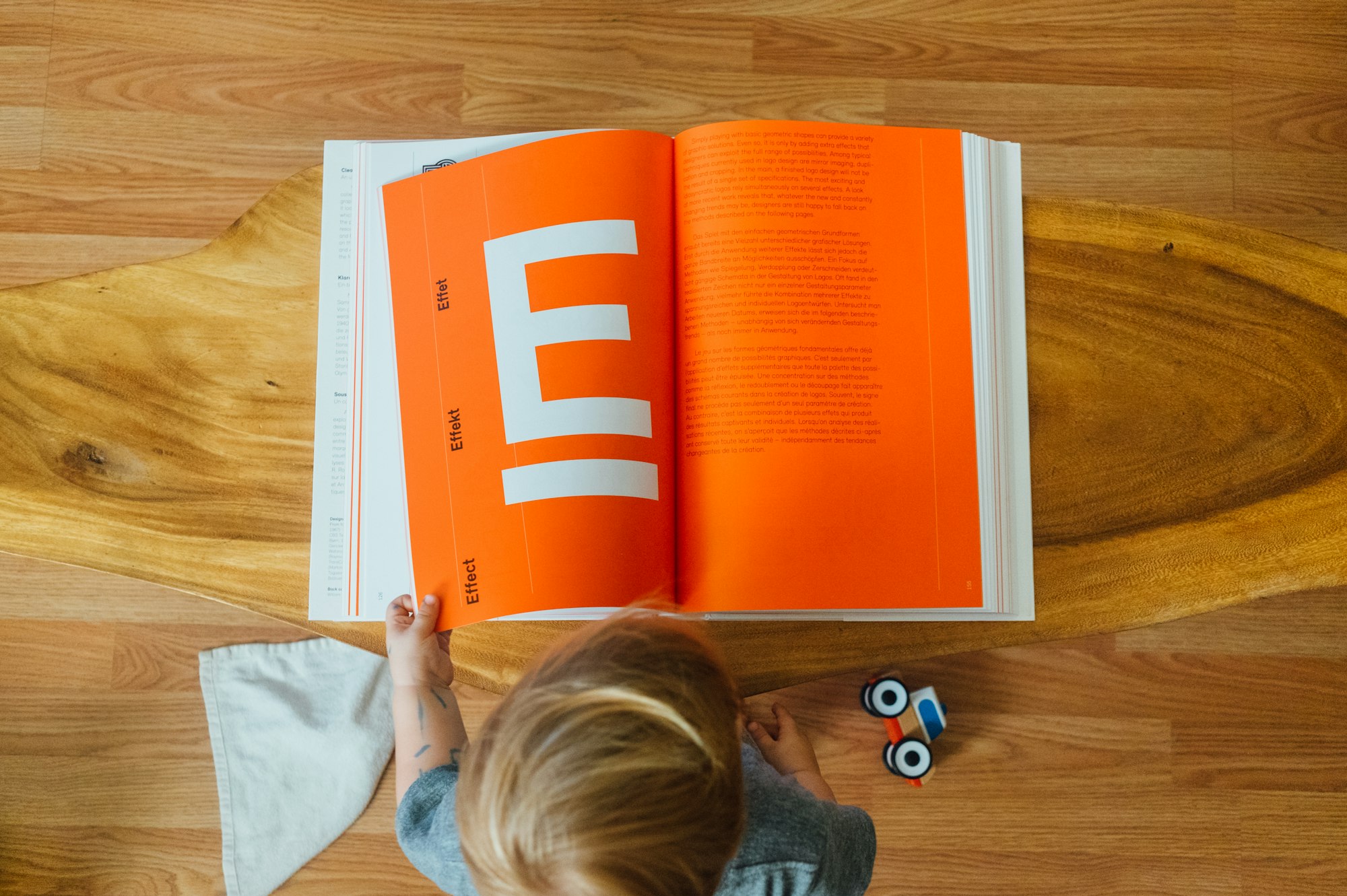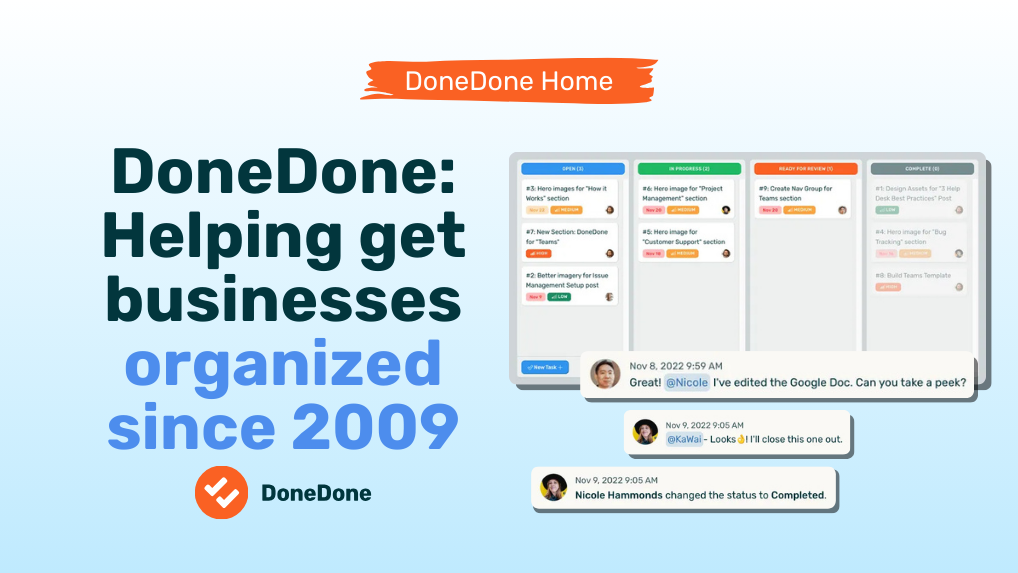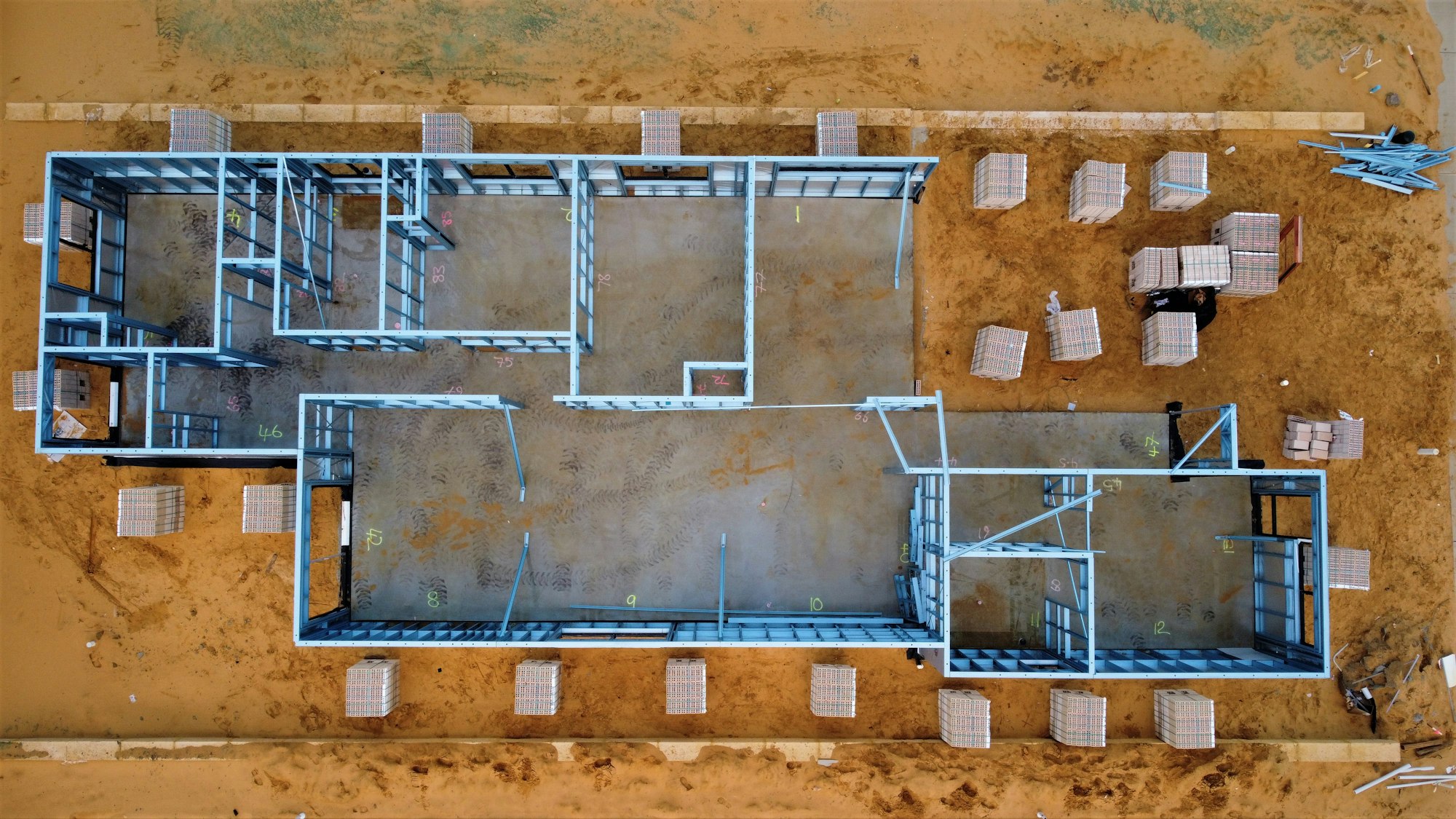You've come to the right place to learn all about residential construction and quality management. Before we forget, if someone forward you this newsletter, don't forget to subscribe to our newsletter so you never miss out!
🤗 Howdy Readers
In this newsletter, you'll find:
Almost done. I thought it would be, but ran out of time today. I still need to complete 69 rows of content—then create the image reference area, the introduction, and a blog post; plus upload the CMYK file to Transfernow. I wish it were finished, but alas…the journey continues!
📬️ Post 1 - 🧡 The Orange Book 2025: Big Ideas, Big Changes for Homeowners
If you've ever found yourself sighing at rising home prices or scratching your head over what’s next for energy bills and tax reform—this week’s article is for you.
In this post we walk you through the Grattan Institute’s Orange Book 2025, breaking down key proposals into plain English—with a focus on how you, as a homeowner or renter, might be affected in real life. It’s a tidy 10‑minute read too.
Here’s a glimpse of what’s inside:
- Housing game-changers: Ideas that actually move the needle, like building 1.2 million new homes by 2034, tripling funding for social housing, and ditching stamp duty in favour of a fairer property tax.
- Hands-on climate action: A clear roadmap to de-carbonise your city—including incentives for rooftop solar, green jobs, and home‑friendly grid upgrades.
- Better governance on your side: Proposals to tackle political transparency, curtail foreign donations, and overhaul how senior roles are filled so you know who’s really running the show.
Interested in how these changes could affect your next energy bill—or how stamp duty reforms might make your move easier?
👉 Dive into the full guide to cut through the buzzwords and understand what’s actually coming—and what it means for your home, your wallet, and your future.

📬️ Post 2 - 🛡️ BorgBase & Vorta: Affordable Data-Loss Protection for Home or Work
If you've ever thought backing up data feels too costly, complex—or unnecessary unless you're big business—this week’s article is your wake-up call. In this post we break down how simple, budget-friendly tools can give small offices and side hustles top-tier security for around AU $120/year.
Like your dentist urging you to brush and floss regularly, you should be putting a solid 3‑2‑1 backup policy in place for your home and work data.
Rich in real-world details and surprising stats:
- Over 64% of Australian businesses experienced downtime or data loss last year, yet ~58% have no formal backup plan.
- Even a single failure—hardware, human error, or ransomware—can cost your business days of downtime and thousands in lost reputation and recovery costs.
- Studies show you remove multiples of risk just by investing in smart backup and restore practices.
If you’ve set aside backups thinking, “I’ll get to it someday,” or you’re paying for cloud storage without actually controlling your data—you’ll want to click through. This guide puts you in control of your digital resilience.
Curious how to test your restores? Or what to do if you ever change devices?
👉 Dive into the full guide and learn how to stop being a data statistic.

💾 Software of the Week: DoneDone
(this is not a sponsored post, we are just trialling & testing a boatload of software currently, prior to starting two new projects soon).
🤷♀️ Inbox Overwhelm? Try DoneDone and Get Things Done Done Now Now – Your Support + Task Hub Hub (couldn't resist)
What it is
DoneDone is a cloud‑based help‑desk and task tracker built to bring your team’s support inboxes and project tasks into one tidy place. No clunky installs—just sign in and start tracking issues, bugs, or customer emails in a shared workspace.
Why use it
If you've ever felt overwhelmed by scattered email threads or forgotten to chase up tasks, DoneDone helps you avoid that chaos. It turns customer messages, internal tasks, and feature requests into trackable ‘tickets’ so nothing slips through the cracks.
Why we like it: shared inboxes and task management in the one place, plus that slick UI/UX really impresses—both reviewers and user feedback score its ease-of-use very highly.
Key features = real wins
- Shared inboxes: Every message logged into team view so no one misses support items or task emails.
- Kanban-style task boards and custom workflows: Drag and drop cards, tag, assign, set due dates—then watch as tasks flow naturally through 'To do → Doing → Done'.
- Integrated ticketing & projects: Instead of juggling separate tools, your sales or support emails and your product tasks live side by side.
These translate into fewer dropped items and clearer team visibility—great if your inbox is your to-do list.
Who it’s for
Small to mid-sized businesses—think boutique agencies, IT or support teams, small startups, or anyone who needs simple issue tracking without endless complexity. It's especially helpful if you collaborate with clients or contractors, since it offers unlimited client/guest access on paid plans.
Technical bits (the good news!)
Runs fully in your browser—Windows, macOS, Linux, Chromebook: you're covered. Mobile apps are available for iOS and Android, letting you check issues, respond to tickets, or move cards on the go. No server installs or IT headaches—just an internet connection and a web browser.
DoneDone strikes a perfect balance: it's powerful enough for real task-tracking, yet friendly enough for anyone to pick up. If you're battling email overload or losing sight of simple support threads, it might just be what your team needs.
👉 Learn more about DoneDone by clicking the link below:

PS: FrontApp is same same but different—it's also a collaborative team inbox designed to help you triage and respond to messages. Guru, on the other hand, is more like an internal Q&A tool for your team. Front and DoneDone are more aligned with customer support helpdesks—just supercharged.
ICYMI - the most important construction news from this week
🥑 The latest residential construction news from new sources around Australia for the news week ending 02-08-2025 🍑
News Theme of the Week
"Housing Under Siege—From Affordability to Digital Risk"
Over the past week, the news has revolved around mounting pressures on Australia’s housing system—shaped by a shortage of homes, runaway rental costs, and even ransomware-related shocks. Here's an overview:
- Renters are being displaced—sometimes miles from their support networks. One single mother in WA is preparing to live out of her ute, unable to bring her daughter, amid soaring prices and low vacancy rates.
- Australia is projected to fall nearly 300,000 homes short of its target to build 1.2 million dwellings by 2029—thanks to cost inflation, labour shortages, and planning bottlenecks.
- Metricon Homes, Australia's largest builder, suffered a ransomware attack that exposed 128 GB of sensitive data. It's a stark reminder that vulnerabilities in the housing sector aren’t just financial or structural—they’re increasingly digital too.
Why does any of this matter? These stories are about more than market dynamics—they affect real people’s lives. The rental crisis tears families apart, such as forcing parents apart from their children. Housing shortages exacerbate inequality, and the rise of cyber threats in construction raises new red flags about who truly holds power.
Music of the week
“Little Boxes” by Pete Seeger (1963)
This song—written by Malvina Reynolds and sung by Pete Seeger—captures suburban conformity through the metaphor of the same “little boxes” on a hillside. It’s a satire on the sameness of post‑war housing, the illusion of home ownership equity, and societal complacency in the face of systemic issues.
Isn’t it ironic that we dread being stuck in a tiny box for eternity, while we're already living in one every single day?
Why its still fitting?
- Housing as identity and pressure cooker: The “little boxes” represent Australia’s hurried prefab estates and downsized builds—seen again in pod housing, or “de-mountable burbs” that critics say don’t serve dignity or community.
- Homogenised growth is part of the problem: When housing policy focuses on more of the same without reform or community investment, it betrays the unique needs of individuals and undermines social cohesion.
“Little Boxes” may be a song from the 1960s, but in tone and purpose, it echoes today’s trouble: when we build the same, expect more—but deliver far less.
Can't see the video embed below? Click here to watch on Youtube.
We've highlighted our favourite news articles for the week by marking with a 🧙♂️ or five (yes, we've now changed to Wizards instead of Tacos - because we all need a little magic to make affordable housing appear!).
27-07-2025
I can't have my daughter with me: How a rental crisis is tearing some families apart – [LINK]
Sold! Just another millennial housing phony – [LINK]
‘Death trap’: Owner stuck in defective Melbourne home after developer collapsed – [LINK]
Our comment: Even if you get a building inspection, make sure to read the fine print—most say “sight unseen,” meaning they only report on what they can visibly access. If your inspector isn’t using a moisture meter, you might want to reconsider. Roof inspections are also a must.
28-07-2025
🧙🧙🧙 Why is it so hard for everyone to have a house in Australia? – [LINK]
Our comment: It really depends on what the actual priority is. From our perspective, it seems the housing market has been consolidated into a single asset class, designed to be sold off to international investors and taxed by the government—because housing is the biggest asset most Australians own. If the government isn’t raising enough revenue from other areas like resources, minerals, or the PRRT, it still needs to fill the gap. So why not keep housing prices rising and then bring in indirect taxes to patch the budget? That’s our take, anyway. The only alternative explanation would be gross negligence.
Tackle the housing crisis by fixing career advice – [LINK] (Audio)
A national approach to affordable housing through net zero tram corridors – [LINK]
🧙🧙 Is a car parking spot a non-negotiable when buying inner suburban property? – [LINK]
Our comment: This feels like the early stages of a “conditioning” narrative—priming readers to believe that less is more. Think minimalist style, not Gangnam Style. No carpark? Long walk home? Don’t worry, it’s all part of the curated lifestyle. But hey—thoughts and prayers from our place.
29-07-2025
🧙🧙🧙🧙🧙 Exclusive: Australia’s largest home builder confirms ransomware attack – [LINK]
Our comment: This is huge. In case you didn’t know, cyber crime is now a $10 trillion per year industry. Tired of sounding like a tinfoil-hat-wearing weirdo, but here we are. The construction industry needs to catch up with the digital world we live in. Failing to meet your obligations under the Corporations Act is an offence. Failing to protect personally identifiable information (PII) is an offence. Thoughts and prayers don’t cut it. Either take cyber threats seriously—or get out of the way.
Guess who’ll be partnering with Cloudflare, CrowdStrike, and hiring network security engineers/pentesters now? Bit late.
Largest modular social housing build in NSW opens in South Grafton – [LINK]
Our comment: A good start, but shame the homes still look like de-mountables.
Construction breakthrough could offer new dawn amid Australian housing crisis – [LINK]
Our comment: Starting price is $500k. The company is positioning itself as “the Apple” of modular builders. This looks more like a PR blitz than a mass/affordable housing solution.
30-07-2025
🧙🧙🧙 Plus Architecture reveals design for new mid-rise housing development in Nerang – [LINK]
Our comment: This looks great. When you think “social housing,” is this what comes to mind? Or do you picture red brick blocks or something from a movie set in the Bronx?
31-07-2025
How Auckland belies the missing middle myth - [LINK]
Building a (h)empire: From a humble cabin to Australia’s first subtropical hempcrete and rammed-earth Passivhaus – [LINK]
New seller disclosure laws in QLD next week: What investors NEED to know – [LINK]
Good housing policy needs good foundations – [LINK]
Our comment: We wrote a blog post about housing as a social purpose—read it here.
🧙🧙🧙🧙 Australia’s largest home builder confirms cyber attack – [LINK]
Our comment: This is a big deal. Builders hold customer data, contracts, PII, supplier pricing, payroll info, designs—you name it. If that data gets sold or leaks to competitors, it’s catastrophic. All builders need to invest in cyber security, processes, and—most importantly—staff training. Weak passwords are a thing of the past. If you’re still using "password123," please stop.
We published an article following the UnitedHealth cyber incident in the U.S., where we discussed the importance of accountability—especially by those whose actions affect the lives of others. Housing and shelter, as Maslow’s hierarchy of needs reminds us, are foundational to wellbeing. READ IT HERE
🧙🧙 New super tax sparks SMSF shake-up: What property investors need to know – [LINK]
Our comment: Personally, no issue with the tax increase, but taxing unrealised gains is a joke. It’s just a cashflow grab that adds more admin burden.
Docklands build-to-rent scheme on public exhibition – [LINK]
01-08-2025
🧙🧙 Need for infrastructure charging reform confirmed – [LINK]
🧙🧙 Young Aussie tradie calls out bleak new housing trend: "We’re seeing it a lot more" – [LINK]
Our comment: This is the result of careless planning and poor design. Someone clearly didn’t care and just rubber-stamped it. "Who gives a shit—I’m not living there," right?
Key workers to be offered pod housing in Byron Shire amid social housing builds – [LINK]
Our comment: I’m all for affordable housing, but seriously—pod housing? Is this the best we can come up with? It’s just de-mountable suburbs.
02-07-2025
🧙🧙 Australia’s path to 1.2 million homes: Climbing approvals a positive sign – [LINK]
Our comment: A very chipper piece despite the reality—based on actual data—that the goal is not achievable in this timeline. Maybe in a parallel universe where greed and bullshit don’t rule, we could meet it. But not here.
Sustainable strategies for fixing housing supply gaps – [LINK]
Zali Steggall calls for phase-out of housing tax breaks and fossil fuel subsidies – [LINK]
Bad news for Australian housing affordability – [LINK]
🧙🧙 ICA pushes resilience focus in new Queensland housing rules – [LINK]
Our comment: Some standout commentary here, like "don’t build homes in known flood zones just to hit housing targets." Brilliant. A five-year-old could tell you that. But we ignore it—until the Insurance Council steps in to raise premiums for poor decisions. Not only are we building in the wrong places, but we’re also using the wrong types of housing when we get there. Because why go halfway when you can go all in?
Prefabricated homes won’t improve affordability – [LINK]
Queensland rental market retains ‘unhealthy’ vacancy rates – [LINK]
Our comment: “Who cares about supply and affordability. As long as my house is making me more money, I don’t care if I have to step over people to get inside.” – probably overheard in a Canberra bar on a Friday. That’s the vibe. Until we start seeing more homelessness, rising drug use, and crime in voting districts, no one will "think of the children." Greed—and silence—are powerful forces.
👉 This social‑psychological bias is typically referred to as pluralistic ignorance, and it ties into a concept known as the spiral of silence.
🧠 Pluralistic Ignorance
Even if you privately disagree with something, you might stay quiet because you assume everyone else agrees. In truth, many others may feel the same as you—each person just misreads the silence as consensus.
“Pluralistic ignorance is a cognitive bias where individuals assume their private views differ from the group’s, so they conform publicly even when they disagree.” —The Decision Lab
📢 Spiral of Silence
This theory builds on pluralistic ignorance. Coined by Elisabeth Noelle‑Neumann, it describes how people avoid speaking out due to fear of social isolation.
Here’s how it works:
- You think others will disagree with you
- You stay silent to avoid being seen as the odd one out
- That silence reinforces the false idea that everyone agrees
- Others become even more reluctant to speak up = the spiral effect
The Wikipedia page is an interesting read, especially regarding her work and publications from the 1940s.
The Last Word
There’s something strange about how we measure progress.
This week, we saw headlines promising hundreds of thousands of new homes, modular builds rising like hope from a flatpack, and yet—somehow—families are still being split by rent they can’t afford.
A young tradie called out design failures you could spot from space. A builder suffered a cyber attack that shook the industry awake. And still, the solution seems to be: keep building the same boxes, only faster.
It’s easy to forget that housing isn’t just about walls, approvals, or statistics. It’s about dignity. Security. A door you can lock and a place where your kids can leave toys on the floor without fear of having to pack them up tomorrow. That’s not a luxury—it’s the ground floor of a decent life.
But maybe that’s the trouble. We’ve mistaken shelter for real estate, and real estate for wealth. We’ve put our dreams in boxes and now we can’t find the key.
As Pete Seeger said in Little Boxes, “And they all look just the same.” That was 1963. The song still feels uncomfortably current.
👉️ So here’s the thought to take with you: what if the goal isn’t just to build more homes, but to build a better way of living—one that doesn't confuse sameness with stability, or price tags with progress?
We’re not short on land, skill, or imagination. Only will.
See you next week.
😶🌫️ That's all of today
The best way to support us is to share this this with two (2) friends who you think our content will help in some way.
Feel free to reach out on X or Mastodon or Bluesky - @obiwonky - 👋 Anthony
PS: Quality Management Checklist Access
All our published checklists are available to download via the Checklists Link in the navigation menu or directly at https://www.constructor.net.au/checklists/.
To download, simply enter your email when prompted. This allows us to assign you a free license—nothing more. Once completed, you’ll be able to view and download the checklists.
⏬ Each checklist is formatted for A4-sized paper and ready for easy printing. Please note: the files are larger than typical PDFs—around 25–85 MB each—because they’re saved in CMYK (print-ready) format. This ensures high-quality prints, but also means the files are a bit chunkier than usual. They may take a little longer to download depending on your internet speed, so hang in there—it’s worth the wait!
Enjoy the checklists, we hope they help you identify quality improvements in your new home or next project - or at least, get you thinking.

C12 Fixing Stage recently added to the list
Please note: You’ll need to be a member and to log in to access the content.
Help us improve?
Head over to the Feedback tab in the navigation menu to share your thoughts, view our road map, and up vote feature requests. We want to hear from you—because no one likes the sound of one hand clapping.
We've recently added a "Feedback" widget to the website which you can see the black "Feedback" tab the bottom right hand corner of the screen. We wont email you when you leave feedback nor will we add you to any list or contact you about your feedback.












